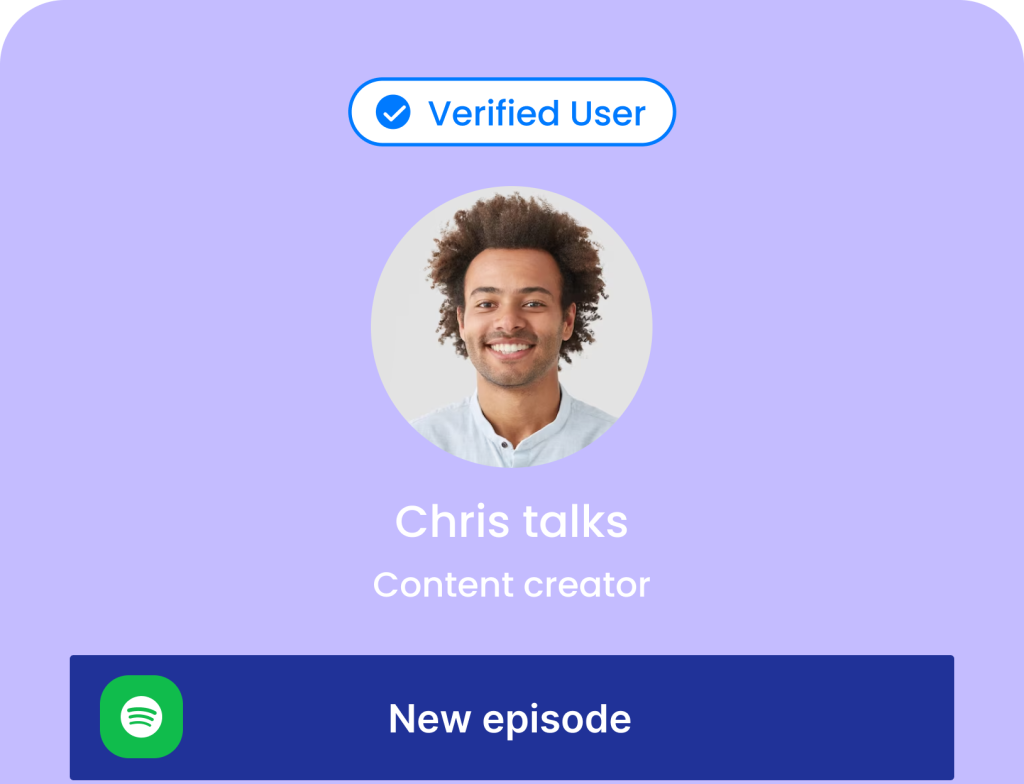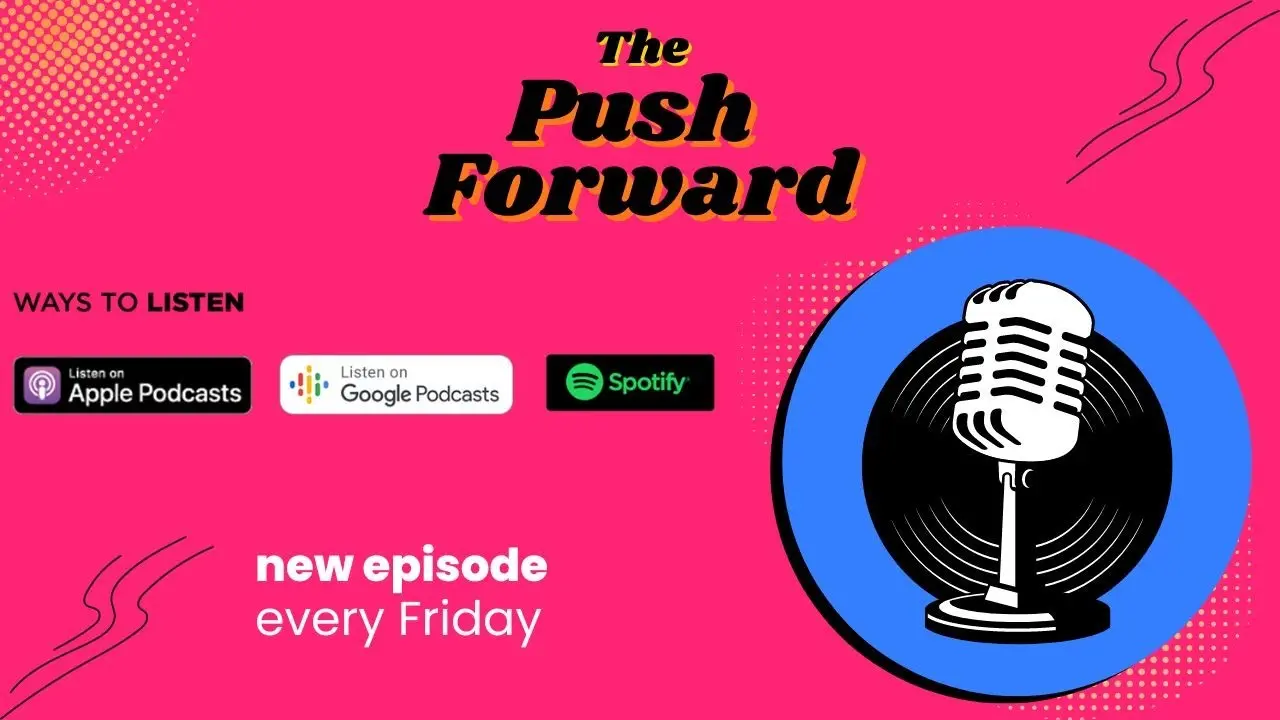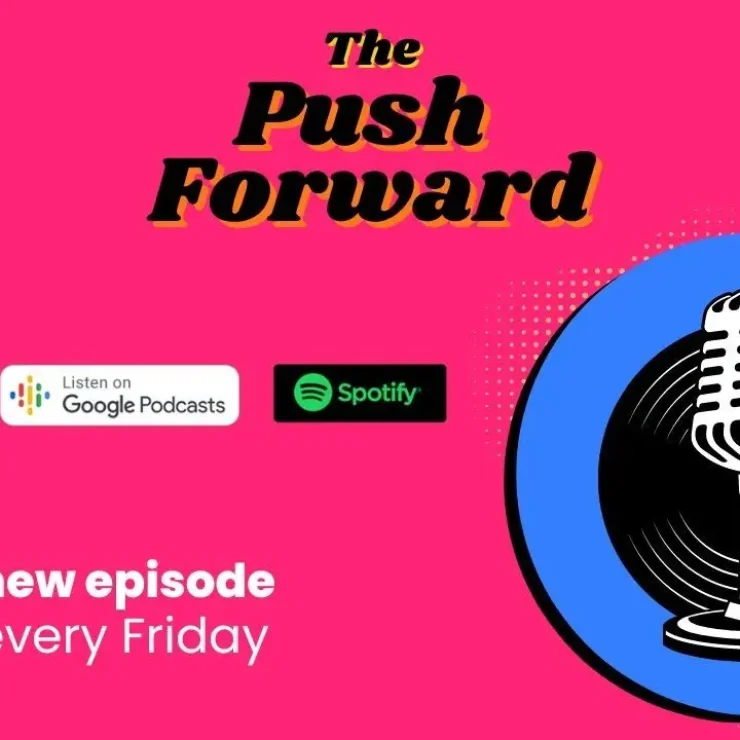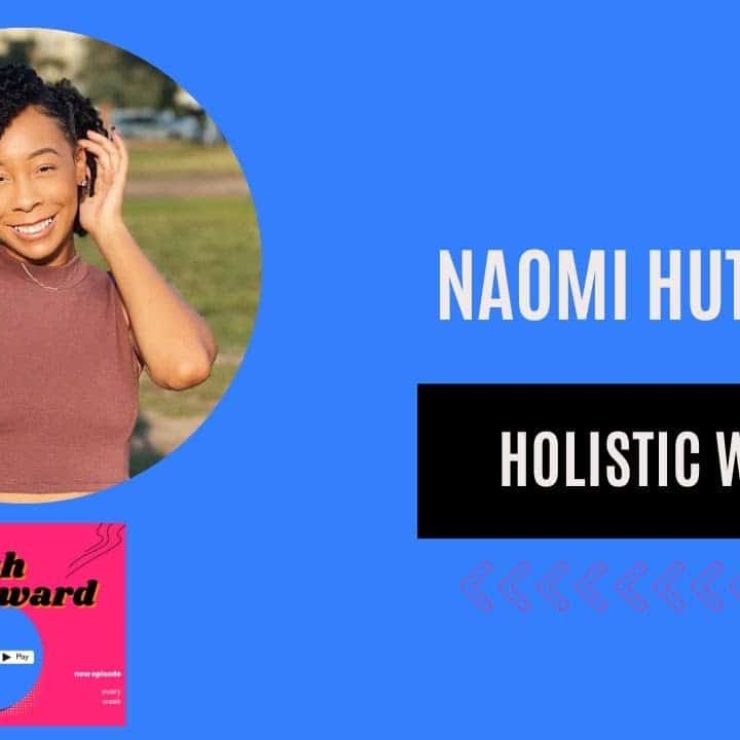Here is the complete transcription of the video:
Hey everyone, welcome back to the Push Forward Podcast. I am your host, Alex, and today we’re diving into a topic that has been quite controversial. Many will say email marketing is dead, typically from people who have not yet done email marketing campaigns. If you speak to big brands, marketers that manage email campaigns at big brands, e-commerce platforms, IT companies, Google, Facebook, or affiliate marketers, you will understand very quickly that email marketing is not dead. In fact, email marketing can be a gold mine if you know how to tap into it. So if you’re a solopreneur, a creator, an influencer who has not yet harnessed that channel, and you are looking to build, engage, and convert more of your followers, your audience, stick around because we’re going to give you some insights here.
Create your own free link in bio page
Ready to simplify your online presence?
With Pushbio, you can;
- Link all your social media profiles together effortlessly.
- Showcase all your content, products, and services in one space.
- Share everything through a single link.

Create your own free link in bio page
Ready to simplify your online presence?
With Pushbio, you can;
- Link all your social media profiles together effortlessly.
- Showcase all your content, products, and services in one space.
- Share everything through a single link.
Why do people think email marketing is dead? Well, with the rise of SEO, social media, and pay-per-click ads, it’s easy to think that email has lost its sheen. But here’s the deal: the data shows that for every dollar that you spend on email marketing, the average ROI is $42. It is much higher than that of the other channels. Now, it must be noted that when you are working in those other channels, you are working to generate more emails. We do that through ads, lead magnets, creating thoughtful content, and at the end of the content, we say, “Hey, subscribe to our newsletter.” Or, in many cases, if you have a lead magnet, which would be a useful piece of content like a template, a case study, anything that is really useful to your target audience, you’re saying, “You may download that by giving me your email.” Once you get their email, they’re in a sequence of things that are useful to them based on what they have told you about themselves.
Emails are more personal. Unlike social media, where your message is just one among many in a sea of content, an email right into your inbox, if done correctly, can get their undivided attention. Not the same for other channels with direct messages and form submissions. So, there are ways that you can help optimize your email marketing campaign. First and foremost, you need to choose a service provider. There are so many: ConvertKit, SendinBlue, Emma, HubSpot, MailChimp, Constant Contact. I personally like Zoho. There’s an array of features in any of these applications that are easy to use, like uploading your subscribers, choosing the templates, A/B testing, automated workflows, and most importantly, the insights and analytics. You want to use these tools to send the right message to the right person at the right time. Again, not to put SEO, social media, or any other channel in the back seat, but to say, “Let’s work together.” We’ve talked about owned content versus shared content. Well, email happens to be an owned media channel versus a shared or paid media channel. And what that means is that you own the experience, you own the messaging between you and the customer, as much as you do with your website. So your website and your email marketing are the two channels where you have direct communication with your customer that is not disrupted or doesn’t add friction because of an algorithm. It’s direct from you to your customer, to your follower, to your subscriber, whereas social media, SEO, paid ads, those have other competing forces. For one thing, it’s your competitors there with the algorithm and paid ads and even social media, but there’s a lot of friction. It’s not a direct-to-consumer or direct-to-business. Email does that for you.
Also, with email, you can A/B test easily. For example, you can send two versions of one email, just changing the subject line. For example, a subject line like “Unlock 20% off your next purchase.” When you use numbers in a subject line, it is a great thing to do. And if I use that versus “Special discount just for you,” the keyword being special and discount, of course, “just for you,” and I may even use a tag in the subject line to actually call you out by name, this way it’s more customized. So you’re going to find different ways that you can convert more using email. Now, with email, one big thing that you want to look at is the subject line. We like a tool called Omnisend, O-M-N-I-S-E-N-D.com, Omnisend. Look for their subject line tester app. It’s a very simple tool, but it’s important. Why? Because every study shows that at a bare minimum, 35% of subscribers who get emails open that email based solely on the subject line. So you want to be able to analyze those subject lines. You put the subject line, you do the preheader, you put it into Omnisend, and it’s going to rate it for the wording, the scannability, did you use numbers, how many words did you use. For example, seven is a good number to target for characters, about 40. But it’s going to give you a score, and then based on that score, you can make some changes. It’s also going to give you a list of over 50 words that you can use, words like what I talked about: special, discount, a number, words like available, go, get, register, remember, upgrade, update. There are a lot of great keywords that you could and should be using when doing your email marketing.
So if you’re not doing email marketing, you’re leaving money on the table. Because guess what? You may not personally like email. Perhaps you spend most of your time on one channel on social media, or you already have a monetization plan in place. But at the end of the day, when your user decides that they’re going to leave that platform for good, which, by the way, social media, paid ads, SEO, it’s all rented space. Rented space meaning we have the privilege, for free other than paid ads, but for free to be there. But if the algorithm changes or if the user leaves, you no longer have a relationship. So the only way to build that relationship long-term with your customers, with your followers, and your subscribers, is to bring them to your website and then from your website, capture their email, manage it in a database, get it into your email service provider, and then delight them with messages. But be consistent, right? Many subscribers of email have said in many surveys, and I have so many surveys that we’re going to add here to the Pushforward Podcast so that you have it at a moment’s notice, but so many of them have indicated that they get as many as 10 to 15 emails per day from the different influencers and bloggers. Now, if you’re a blogger and you’re listening to this podcast, you are probably no stranger to doing email. Bloggers from the beginning, I remember going back to the early 2000s, bloggers understood right away that I got to get people to my blog, so I got to rank organically, so I got to do the whole backlink





